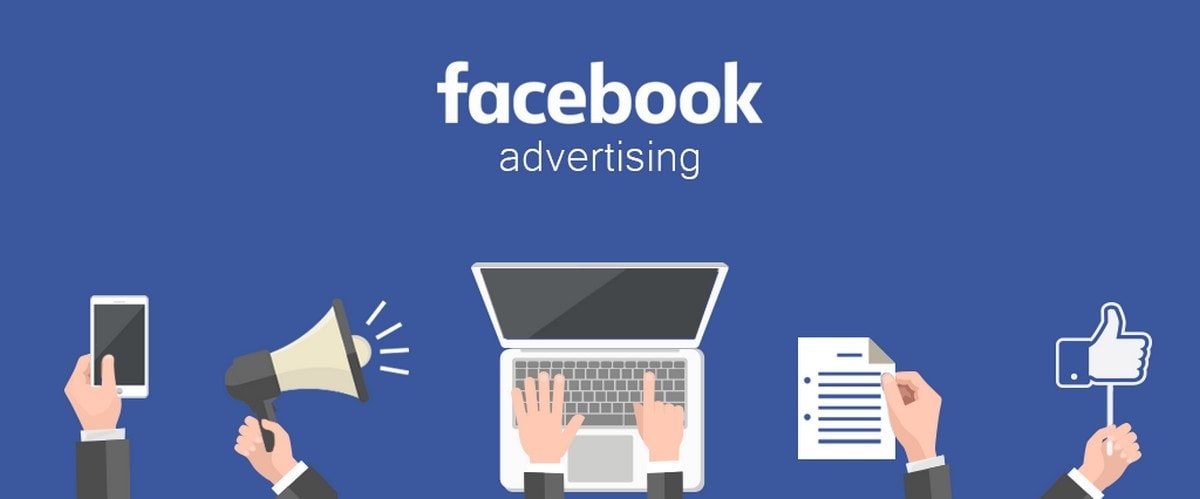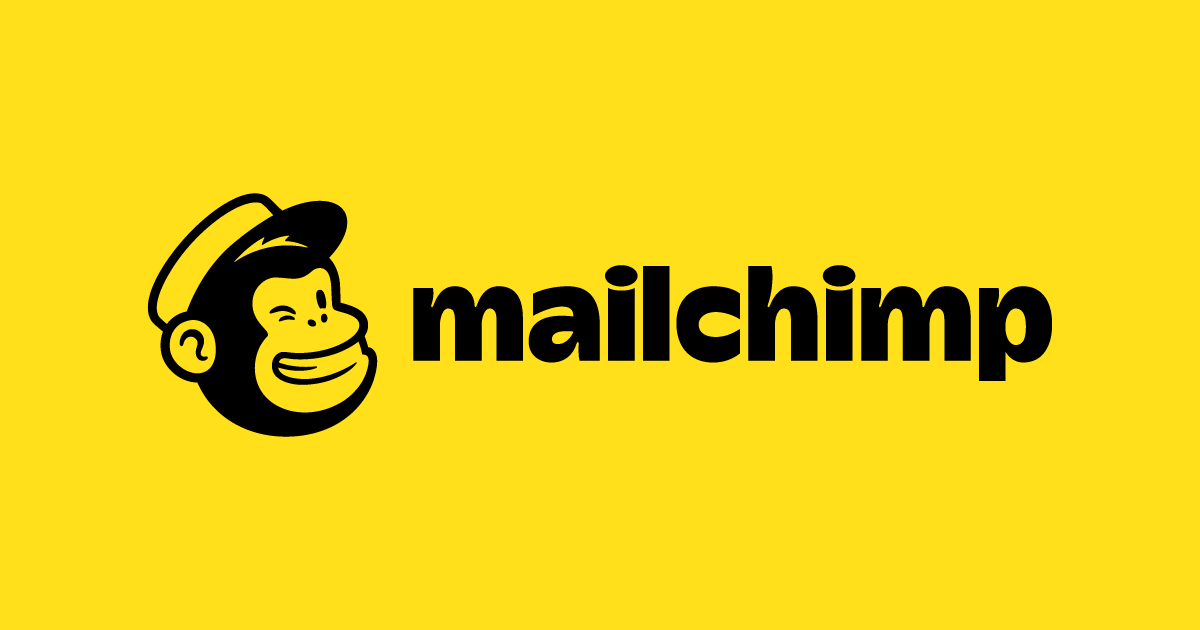Social Media - Overview, Characteristics, Business Uses
What is Social Media?
Social media generally refers to all the websites, apps, or internet communication tools or devices that enable users to quickly share content online and engage in communication with other users. The online framework of a social media site is commonly referred to as a “platform” – basically, just the working structure of the site that facilitates communication between users.
Users of social media platforms, such as Facebook (NASDAQ:FB) and Twitter (NYSE:TWTR), share and exchange thoughts, opinions, ideas, photos, and events. The widespread adoption and use of social media have radically changed both the means and the manner by which people communicate with each other.
Social media has also made a dramatic impact on the ways that companies market their products and services. Nearly all major companies now have a social media consultant or expert on staff or under contract to advise and guide the company with their online presence, activities, and what has come to be known as “social media marketing.”
While social media offers people a host of advantages, it also potentially poses significant threats to personal privacy, users’ mental health, and the existing social fabric.
Summary
- Social media is composed of all the various websites, apps, or internet communication devices that enable users to connect with others and easily share content online.
- Social media marketing has taken a prominent position in the business plans of nearly all companies.
- Social media’s widespread adoption and use have created significant new threats to things such as people’s privacy and mental health.
Key Characteristics of Social Media
Several aspects of social media help to explain its massive popularity and widespread use. One such aspect is how social media platforms enable you to, virtually instantaneously, communicate information to large numbers of people.
For example, in a matter of just a few seconds, you can create an online post and update your entire circle of friends regarding the new job you just started, including sharing a photo of yourself ensconced in your new office. Compare that to the much more tedious and time-consuming task of telephoning each one of your friends individually to share your news and having to repeat your “announcement” over and over again, dozens of times.
Another key aspect of social media is the ability to create and share visuals, be they simple “selfies” or memes. The ability to share photos, videos, graphics, and other visual content is hugely appealing to vast numbers of people. Some social media sites, such as Pinterest (NYSE: PINS) and Instagram, are geared specifically for sharing photos or video content.
In contrast, Facebook, while it allows you to freely share visual content, is seen more as a site for sharing content, such as thoughts and opinions, or news stories that you’ve read, and engaging in group discussions of various topics.
Two other elements of social media that have contributed to its success are the ease of access to the platforms – basically, anyone with either a computer or a cell phone can readily access and use social media sites – and the fact that posted content is relatively uncensored, at least much less so than, for example, content typically published in newspapers or magazines.
“Relatively” is a keyword there, however. In recent years, complaints of censorship from users have mushroomed in number. Conservative individuals and organizations especially have complained that their posted social media content is frequently censored by the operators of the platforms. Twitter, Google, and Facebook are all facing numerous major lawsuits filed by users that, in short, allege that their content has been heavily censored in a discriminatory manner.
Social media sites consistently score high on any “ease of access” rating. All you need to do to get going on a social media platform is sign up and create a “profile” – a brief description of yourself that includes basic information such as your gender and what area of the country you live in. Once you’ve done that, you can instantly begin creating, posting, and sharing content, and connecting with other users of the platform. Following, friending, or subscribing to their content are the common means of establishing online connections with other users.
Social Media and Business
Since the turn of the century, social media marketing has become a focal point of the advertising and marketing campaigns of companies – both large and small – worldwide. Communicating with existing and potential customers through social media offers numerous advantages to businesses.
First, compared to traditional avenues of advertising, social media marketing is much less expensive. The costs for social media marketing often involve only the creation of advertising content and the compensation for the employee(s) charged with posting material on the various social media websites.
Second, businesses can instantly communicate information to their entire database of current and/or potential customers. They also have the ability to tailor advertising to certain demographic groups and then communicate that content only to the targeted customer segment.
The ease of connection and communication through social media platforms enables companies to much more deeply and effectively engage with their target market. They can converse with customers at length and in-depth, obtaining valuable feedback about their company and its products and services, and then use the feedback obtained to craft future marketing campaigns. Through social media sites, a company can also provide its customers with easy access to customer service, 24/7.
Social media makes it possible for companies to “humanize” their company and to much more quickly and easily build, establish, and maintain their brand identity and public image.
The Dangers Posed by Social Media Platforms
Social media has exploded in popularity, among all types of people, all across the world. In the developed world and emerging market countries, nearly everyone is a user of at least one social media platform. However, social media’s widespread adoption and use have created significant new threats to things such as people’s privacy and mental health.
Recent studies by psychologists have uncovered the facts that people engaging with others through social media has led to measurable increases in depression, stress/anxiety, suicides (especially among young people), and problems of low self-esteem.
In addition to the threats posed to our mental health, the widespread use of social media has also created and/or amplified threats of a more practical, tangible nature – such as stalking, identity theft, invasion of privacy, and political and social polarization.
The very real and substantive potential dangers posed by social media are even the subject of two recently-released Netflix original movies – “The Social Dilemma” and “The Great Hack.” The subject explored in the 2019 documentary, “The Great Hack”, is the Cambridge Analytica scandal.
Cambridge Analytica was a political consulting firm that infamously used massive amounts of information gathered and analyzed about Facebook users to target individual voters in an attempt to sway elections in the United States – most notably, the Presidential election of 2016. The resulting scandal left both Cambridge Analytica and Facebook executives scrambling for excuses and facing a harsh backlash from Facebook users.
“The Social Dilemma”, a 2020 Netflix docudrama, explores the broader, more general dangers posed by social media. The film is made stronger by being heavily-laden with testimony from technology experts, including former Google designer Tristan Harris, who, along with many others, exposes and warns of the ways that social media sites actively use things such as machine learning algorithms and Artificial Intelligence software programs that are designed to essentially increase people’s “addiction” to using social media and even to mold people’s thoughts, opinions, and ways of thinking.
In short, the film alleges that major social media companies are actively engaged in the practice of nothing less than mind control. One particularly chilling comment in the movie is made by Jeff Siebert, a former Twitter executive – “Every single action you take is carefully monitored and recorded.”
What’s the ultimate aim of all these efforts being made by social media giants like Twitter and Facebook? According to internet activist Jaron Lanier, as reported in an article on singularityhub.com, it’s “changing what you do, how you think, and who you are.”
The dangers posed by social media are made more severe by the very nature of social media itself. Consider the massive size in terms of users of social media sites such as Facebook, Twitter, and YouTube. Then throw in consideration of major social and political issues such as freedom of speech and the right to privacy.
Finally, note the extent to which social media has fundamentally altered the ways in which we regularly connect, communicate, engage, and interact with each other. Addressing the problems posed by social media will be massively more complex than just creating a child safety cap or slapping a warning label on the box a product comes in.
Keep Learning
CFI is the official provider of the global Commercial Banking & Credit Analyst (CBCA)™ certification program, designed to help anyone become a world-class financial analyst. To keep advancing your career, the additional resources below will be useful:









